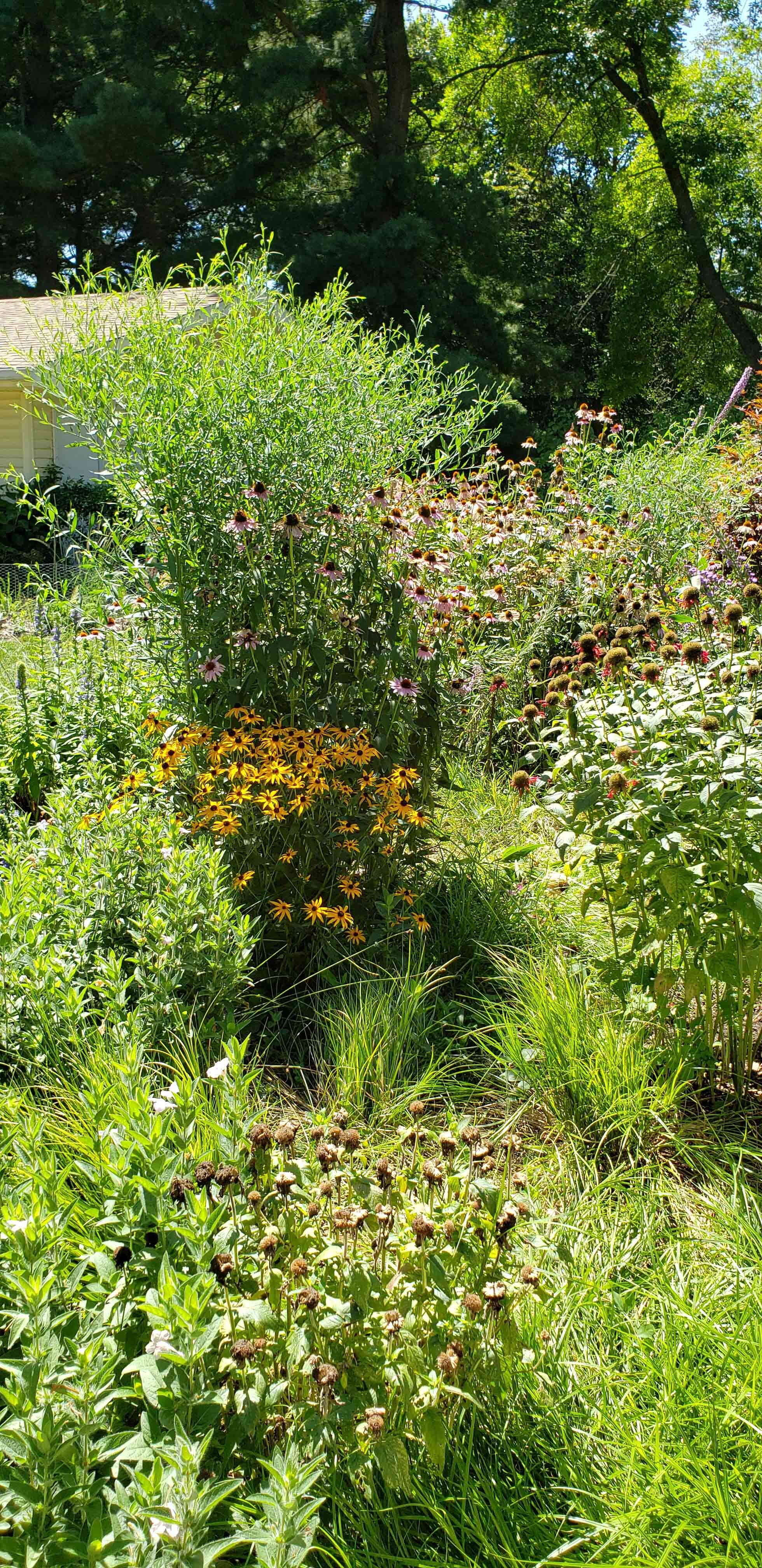Climate Change and the Garden in this Political Season
As winter harshly descends and the political season inevitably progresses, the challenges we feel from both grow larger. How do we approach them with determination to plow on through the days of cold and constant news from the polls? We can declare for a candidate/issue and canvass and make calls. Or we can work with the get out the vote organizations. From my experience these activities do lighten the burden of the days.
I have been thinking a lot about climate change and the black cloud it has lent to the future. Our early winter may not be related to the changes in weather patterns, but activity does help us accept the snow and cold. I know from stepping out to canvass, that activity lifts the dark thoughts. In the case of climate change, activity in the garden and in our homes does improve our environment and will reduce the size of the cloud.
As a gardener and landscape designer, I can find many actions to slow the effects of climate change. Some are very simple and will affect a small area of ground and a few people. Others have the capacity to affect many more. The effect is cumulative as more and more gardeners act.
Gardeners I meet understand the concept of habitat creation. Just talk or write about songs birds and butterflies in their landscapes and show how you are doing it in your garden. They know about providing bird seed and water and will soon learn about creating a place for birds, butterflies, bees and other insects to reproduce and, in some circumstances, overwinter. The winter is a great time to plan for adding native habitat to your yard. It is also a wonderful time to watch birds and small mammals forage for food and take shelter. How can we help them out?
In the creation of native habitat, we use fewer resources. Planting perennials, grasses and shrubs means smaller lawns and less use of the resources needed to maintain them. Leaving leaves and plant litter on the garden means less work for us and a gradual improvement of soils that are not compacted and can support life in the soil. Water percolates through the ground adding clean water to the ground water supplies and does not run off into sewers and gullies. Shrubs that provide shelter and food also provide protection from the wind, creating a less harsh environment for the house you need to heat in the winter.
Another action we can take is to remove invasive plants from our landscapes and be sure not to add more. These plants crowd out native plants that provide the services I described above. These are called ecosystem services. In the home landscape the non-native invasive plants take the place that a native plant could have. Native birds and insects, that no longer find the plants they need to survive, either move on or die out. We will never see them again.
The actions we take in our gardens are important. The changes we make take time to accomplish, but even during the process we benefit. During the wintery months ahead, read, speak with others and make plans for the beneficial changes in your garden. Find inspiration from a winter walk in a state, county or city park or in properties maintained by local land trusts and country conservation boards. Take a friend with you.
My photos show habitat in summer and winter. Notice that the plants in the beds cover the ground.








